The Cleric, as the divine emissary of the gods, serves as one of the best casters in DnD 5E. So, what if you take the excellent armor and spell lists of the Cleric and decide to multiclass them with the best classes for them? The result is rather potent.
Clerics are Wisdom-based full-casters who utilize a spell list packed to the brim with healing, support, and radiant damage spells. They use their domains to further bolster their magical potential while Channeling their Divinity to turn the tables on their foes. This series of qualities makes Clerics one of the strongest support options in the game and a great introduction to casting classes in general, so multiclassing isn’t truly needed.
The five best classes to multiclass with Cleric in DnD 5E
Clerics suffer a bit from lacking damage outside of specific spells and having minor issues with durability. Their durability problems come from the fact that they’re a priority target—a touch of extra AC or health serves them well since they’re who the party needs to keep everyone else alive.
5) Barbarian
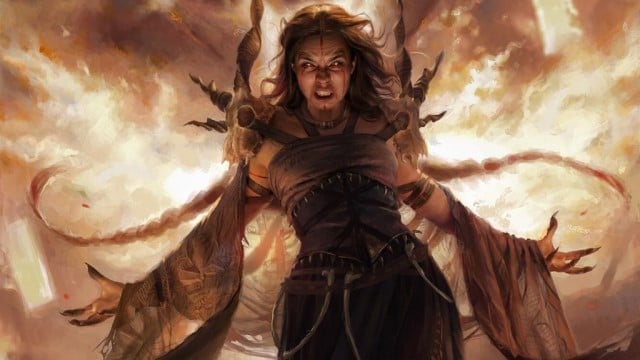
- Prerequisites: Strength 13.
- Benefits: Rage turns the Cleric into a very difficult-to-kill target.
- Downsides: Cannot cast or concentrate on spells during Rage.
The Barbarian Cleric is a difficult multiclass to handle. This is largely due to the unwieldiness of Rage, a mechanic that prevents a character from casting or concentrating on spells.
However, the ability of the Cleric—the class enemies will focus on by far—to become partially invincible to physical or magical attack twice per day is worth considering. This is because Rage, without much effort, is one of the best defensive options in the game. As a bonus action, you double your health in terms of physical damage. If you invest three levels into Barbarian and get the Bear Totem, you can instead double your health in general.
For a Cleric, there are a surprising number of long-lasting spells that do not have concentration prerequisites—from Spiritual Weapon to Death Ward—that a Barbarian/Cleric can utilize. However, the Barbarian will have to decide whether or not to end their Rage when a fight is going poorly to instead start casting spells.
Usually, a Barbarian Cleric decides between Raging and Casting for a fight. This can help significantly extend your spell slots, but can also be very much confusing for a newer player without game sense. We advise you to try the game a few times before trying this multiclass, as you need to watch your resources. But, careful gameplay can allow you to truly flex your Cleric as a dangerous frontline damage dealer and an effective support caster.
Honorable Mention: Paladin
Honorable mentions go to Paladin, which would take this spot if it wasn’t for their 13 Charisma requirement. If your Cleric can afford to reach 13 Charisma, or your Paladin 13 Wisdom, it is a legitimate option. However, each class really likes their own mental stat, so you might find your Cleric pulled in two different directions, really relying on Divine Smite to do the heavy lifting.
Not to say that Divine Smite is bad for a Cleric. Just that it’s not usually worth the ability score gymnastics to multiclass into consistently.
4) Monk
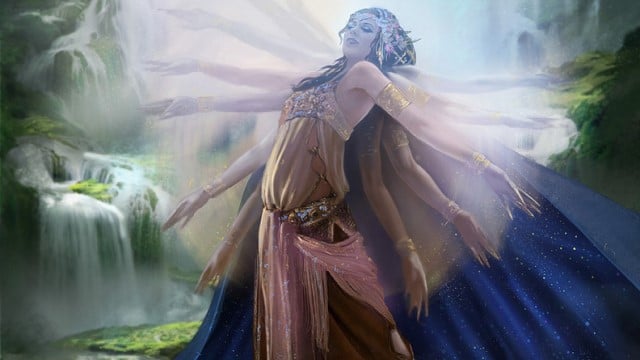
- Prerequisites: 13 Dexterity and 13 Wisdom
- Benefits: Low armor or weapon needs, bonus action Dodge.
- Downsides: Fewer spell slots.
The Monk is a hard class to multiclass into, but the Cleric has a unique synergy with it. Because of how Unarmored Defense works, you can focus entirely on Dexterity, Constitution, and Wisdom and be in a great spot. Since Clerics want nothing more than to get to 20 Wisdom, this can be a reasonable middle ground.
We don’t recommend using Monk to improve your offenses. Monks require several levels to build the Martial Arts dice and Ki points necessary to deal significant damage over the day. However, two levels into Monk give a Cleric the ability to forgo traditional armor while keeping high AC. In addition, they can spend their limited Ki Points as a bonus action to get effects such as Dodge, Disengage, or Dash.
The only real cost to investing a few levels into Monk is losing spell slots, though we argue the defensive aspects of Monk are actually quite worthwhile. Ki abilities don’t require you to be unarmored, so you can still wear heavy armor and Dodge as a bonus action.
In a party where everyone is clamoring for Heavy and Medium Armor, this is a fantastic multiclass to work with. Even while wearing heavy armor, this can still give the Cleric access to Extra Attack and Dodge for Cleric builds that are looking for that.
And, for the Cleric builds that do decide to throw fists at their foes, there are a surprising amount of weapon-based spells that can pump fist damage quite high. We might not recommend that plan until the next edition comes out since Monk looks pretty good there.
3) Druid
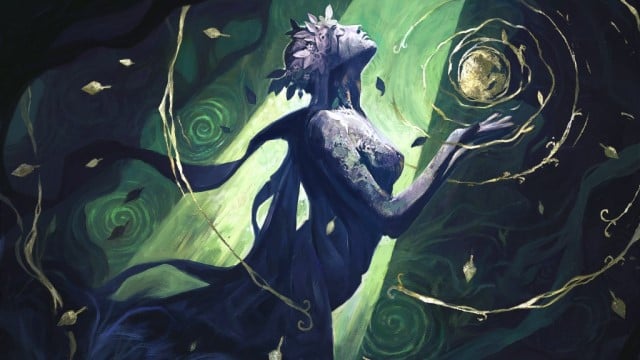
- Prerequisites: Wisdom 13
- Benefits: Wild Shape, exceptional first and second-level spell options, Circle of Stars.
- Downsides: Less powerful endgame spells.
The Druid multiclass is a weird one for Clerics. The main power for Druids comes from their Circle, from which a Cleric can access the Circle of Stars. This archetype lets you spend Wild Shape charges to get guaranteed concentration effects as well as become more deadly while trying to deal single-target damage.
That being said, the damage the Druid does to your spell list is minimal, even with four or five levels of investment. Level nine Cleric spells, while potent, aren’t nearly as strong as spells like Wish. Meanwhile, level one to three Druid spells include strong options like Entangle, Spike Growth, and Call Lightning. A Circle of the Land multiclass can bless a Cleric with buffs like Haste.
A medium-sized downside of the Druid multiclass is the armor issue. Depending on your DM, your Druid might be locked out of metal armor or just frowned at for wearing it. This can mean your AC will drop by upwards of three, but this can be negotiated around.
2) Fighter

- Prerequisites: 13 Strength or 13 Dexterity
- Benefits: Excellent combat capabilities, Action Surge.
- Downsides: Weaker endgame spell selection.
The Cleric/Fighter multiclass is a solid one for any Cleric hoping to take on the frontlines in a way beyond any other class. Early-game Fighter levels are potent to begin with, with Fighting Style and Second Wind both being excellent additions to a Cleric. A Dueling or Defense Style is usually the way to go, while Second Wind is just a bit of extra health that is easy to access.
However, any Fighter multiclass is usually worth getting to level two. Action Surge is one of the strongest abilities in the game—so strong they’re going to nerf it in the next edition—since being able to cast two spells in a round is practically unheard of. A Cleric being able to set up Spirit Guardians and another action-based spell like Heal can very, very easily turn the tides of battle.
Investing further into Fighter gets you archetypes, Extra Attack, and further defenses. We’ve found success with Eldritch Knight, getting the Cleric access to strong Wizard options like Shield while also potentially getting to War Magic. War Magic can let the Cleric Green-flame Blade and then Swing, proccing Divine Strike and giving them a strong bonus action.
We think Fighter is reasonable, especially if you can somehow reclass to start as a Fighter and then multiclass into Cleric—more important for Domains that do not have Heavy Armor proficiency. But, we don’t think this is the best possible option for your Cleric.
1) Ranger

- Prerequisites: 13 Dexterity and 13 Wisdom.
- Benefits: Exceptional weapon capabilities, high single-target damage.
- Downsides: Weaker endgame spell options with full dedication.
The Cleric’s worst feature is its low single-target damage. While they can get by with dealing moderate area-of-effect damage with spells like Spirit Guardians, they aren’t the fastest at dealing with one target. While you can rely on party members to do that, why not get high damage with a Ranger multiclass instead?
Overall, the Ranger is the best multiclass for Cleric due to inherent synergies and covering up the Cleric’s only significant weakness; single-target damage.
The Ranger multiclass, especially with the upgrades from Tasha’s Cauldron of Everything, swaps the Cleric into a very good support class into a very good support class with quite strong single-target capabilities. Hunter’s Mark alone is a big boon for damage, and you get a non-spell version with the alternate Favored Foe ability. Alongside getting some free Expertise abilities, your Cleric will become a lot less spell-focused than it’d otherwise be.
All you lose from the Ranger multiclass is some late-game spell options. But it’s not even as bad as the Fighter multiclass. You still get level nine spell slots with five or six levels in Ranger, though you’ll have to upcast lower-level spells into them. In return, you get some of Ranger’s strong spell options. We’ve already mentioned Hunter’s Mark, but you can also get Ensnaring Strike and Pass without Trace. Depending on your Archetype, spells like Misty Step are very feasible.


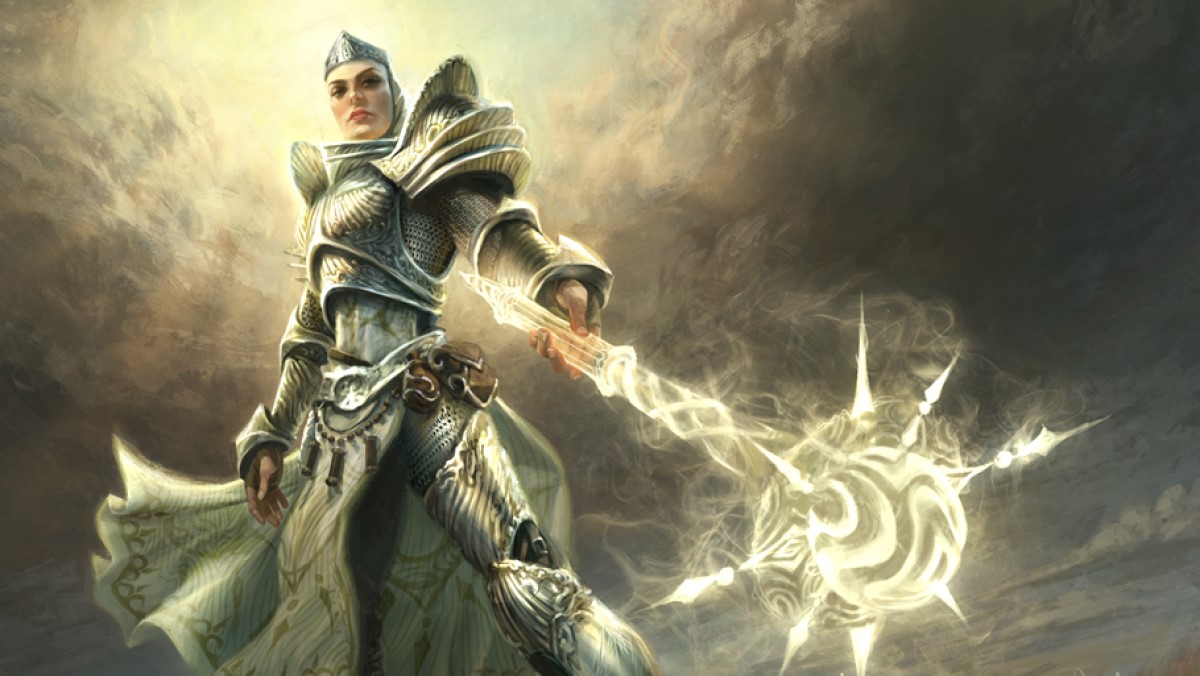
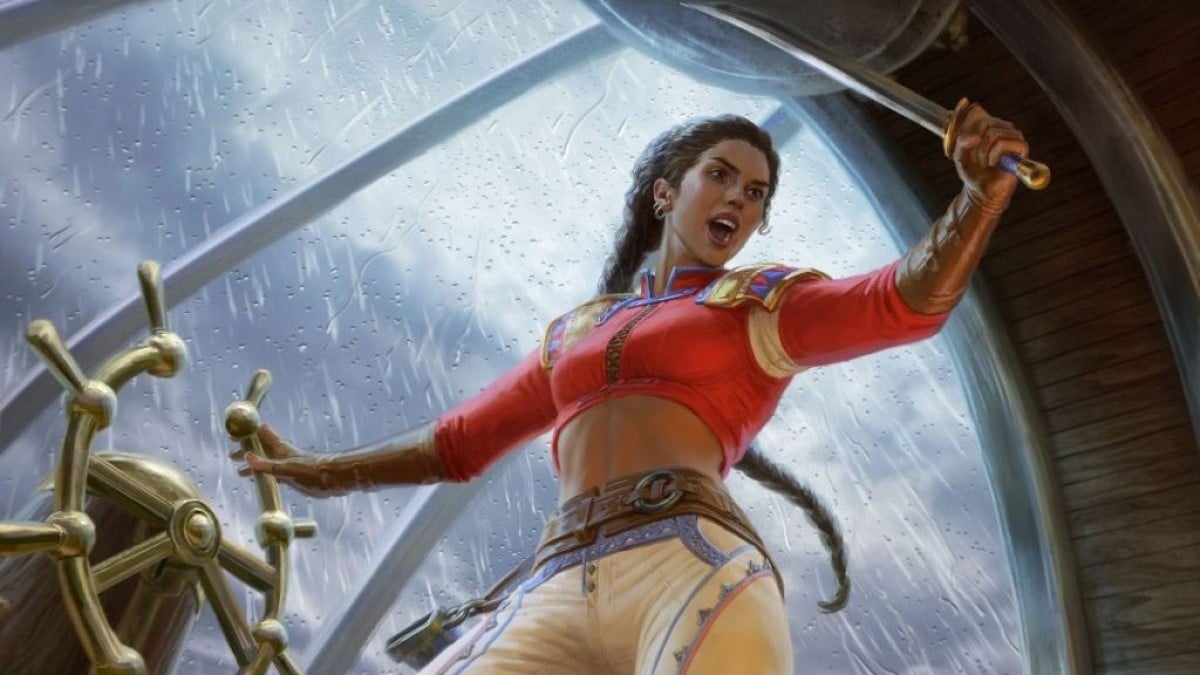
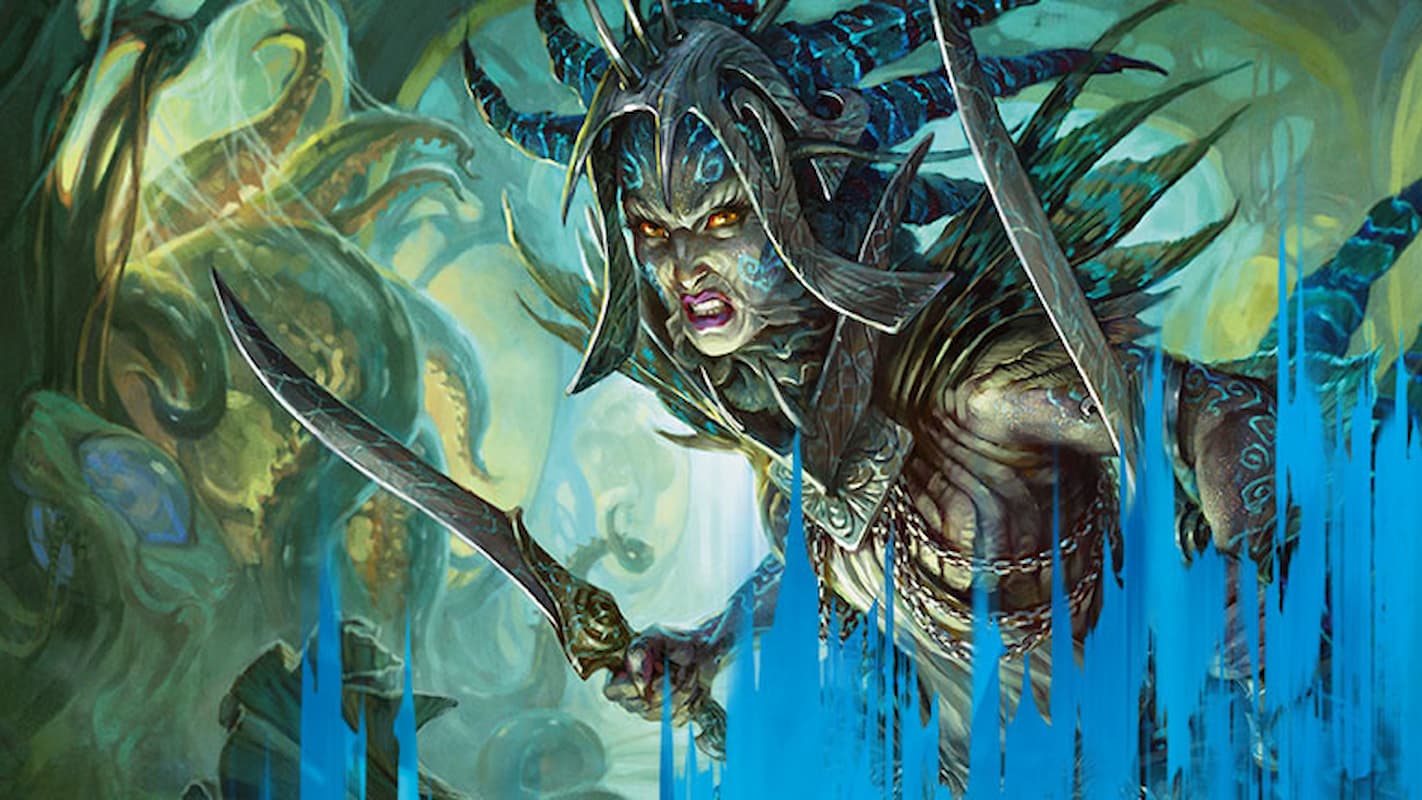
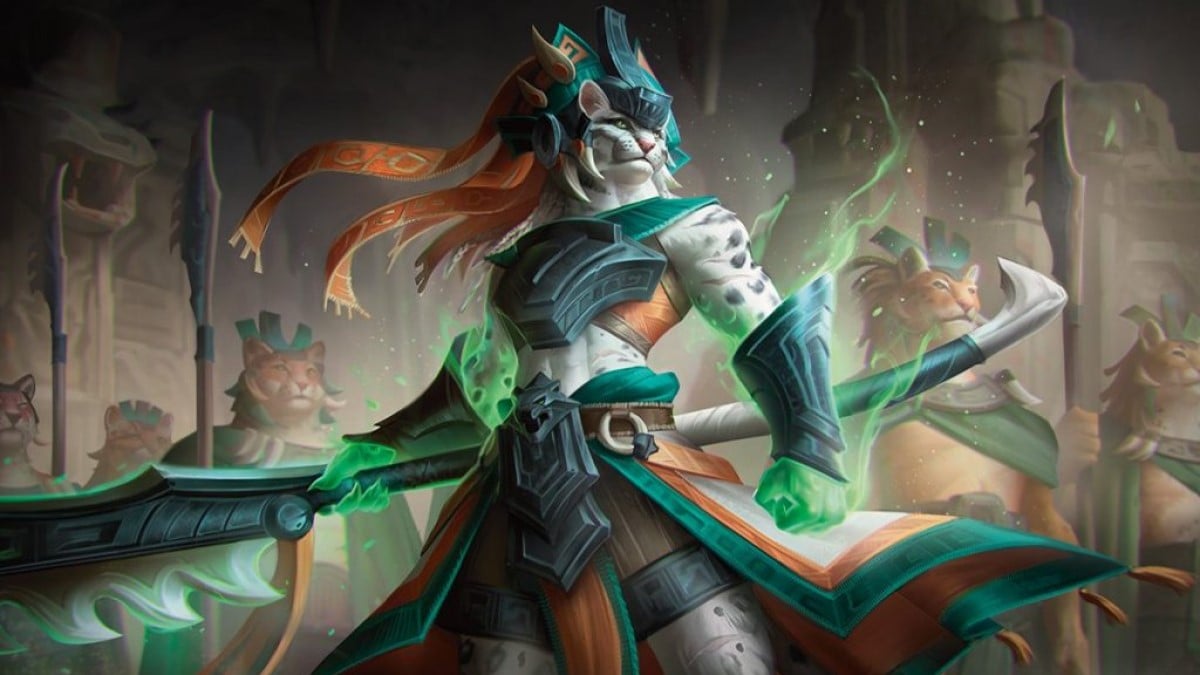


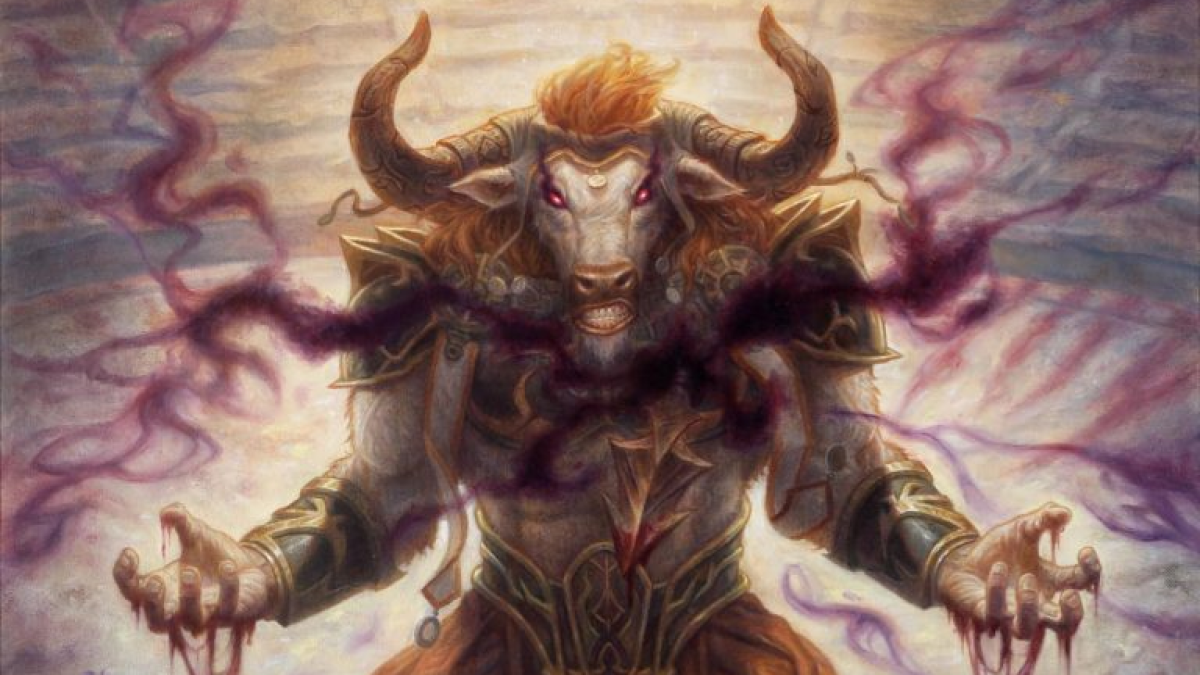
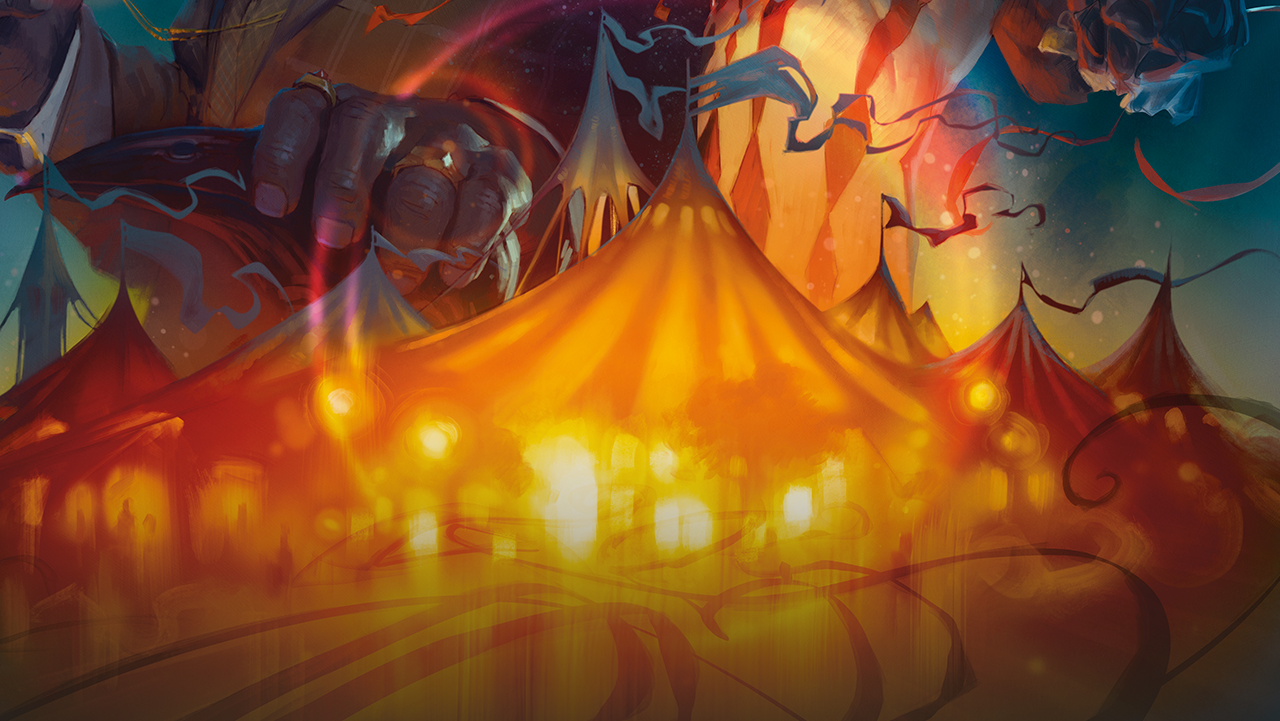
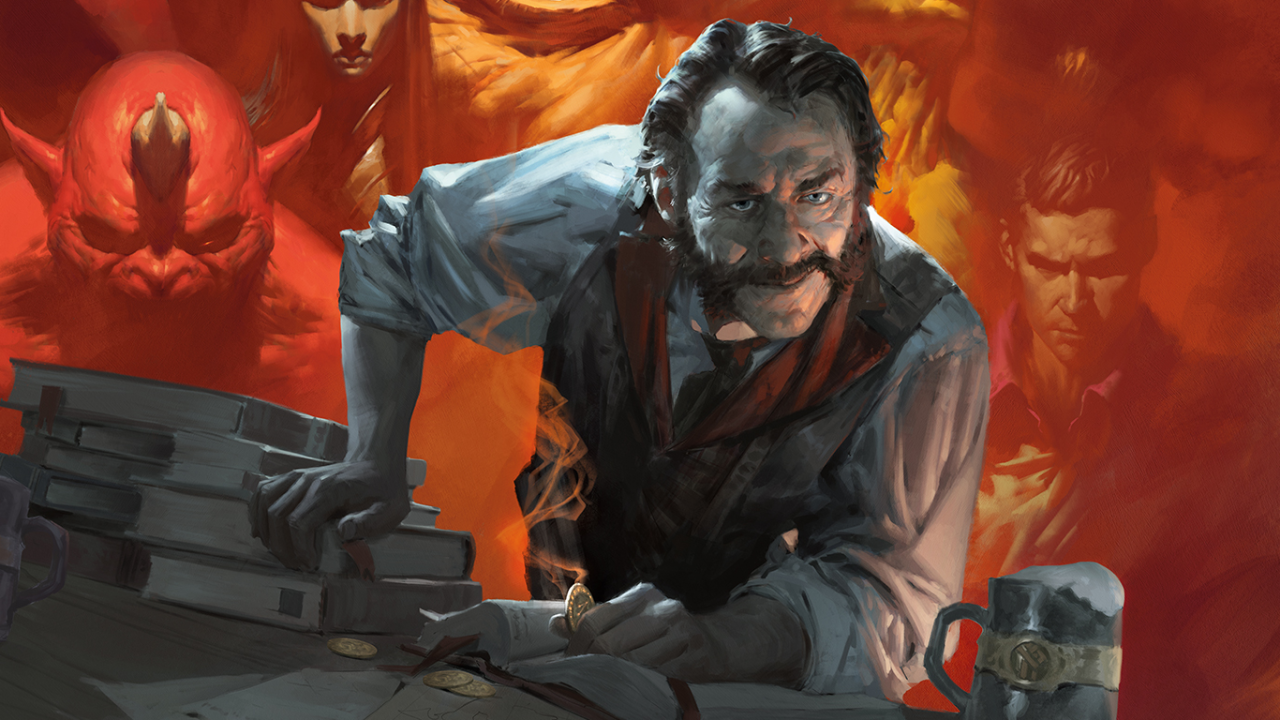
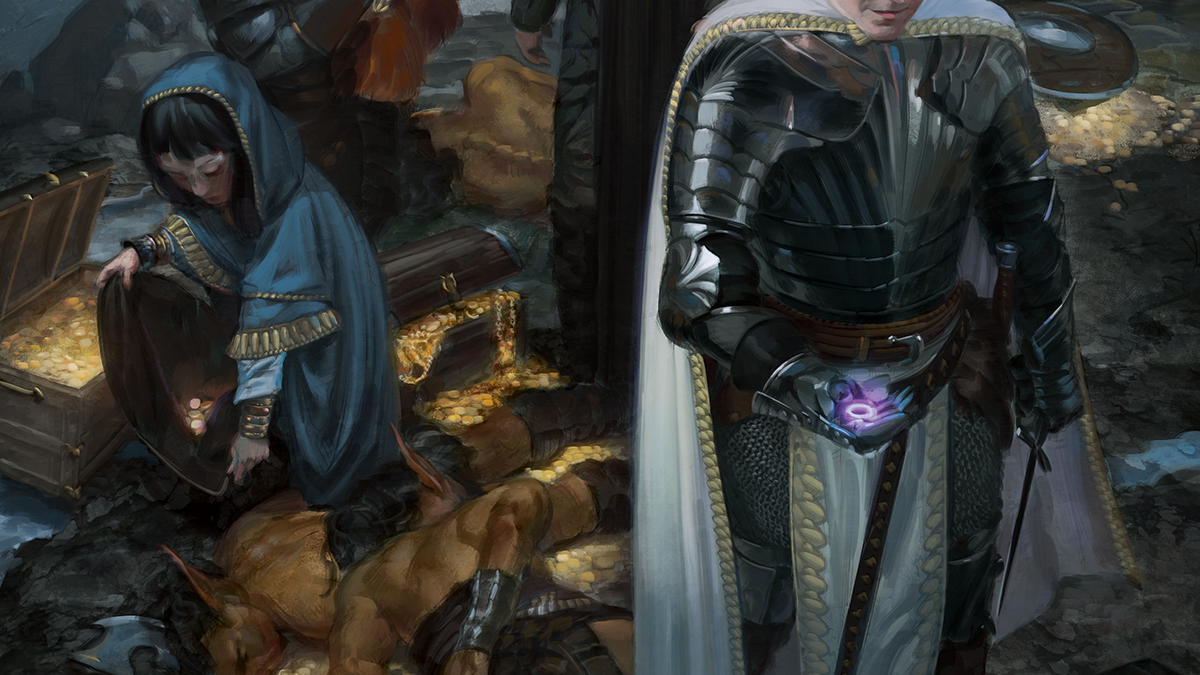
Published: Dec 4, 2023 04:47 am